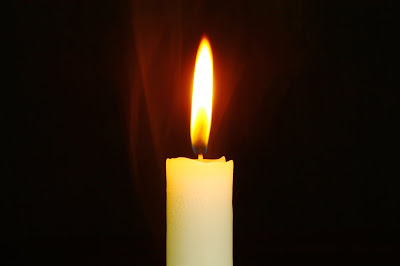New Testament Christians embraced suffering and martyrdom as natural because of the martyrdom of Jesus. Throughout church history there have always been groups of devout Christians who revived the New Testament view of suffering. Sixteenth-century Anabaptists were one of these groups.
For the Anabaptists suffering was:
(1) being in Christ. They could sing as they went to their executions, expressing joy to be worthy of participating with Christ in suffering.
(2) redemptive. It led them to a complete identification with Christ, not only in his suffering and death but also in resurrection with Him. It was a sign of genuinely belonging to Christ.
(3) disciplinary. It turned the Christian toward obedience to Christ and the fellowship of believers.
(4) inevitable. "All that will live godly in Christ Jesus shall suffer persecution" (2 Timothy 3:12).
Anabaptists were persecuted from their beginning in 1525 until they emigrated to America in the early 1700s. For roughly 200 years, Anabaptists held this theology of suffering as the mark of genuine faith.
After Mennonites settled in America, they experienced a freedom of worship they had never known before. The kind of physical persecution they suffered in Europe no longer existed. The suffering theology was not as relevant in a free country and it shifted to humility as the mark of genuine faith. This was especially clear in Address to Youth, written by Christian Burkholder in 1792. He wrote that the Christ in the manger was "an example to us of true humility" and called the earnest seeker to follow the "meek and lowly" Jesus in practical ways in everyday life.
Humility theology was very relevant to American Mennonites in the eighteenth and nineteenth centuries. In 1866, Bishop John M. Brenneman wrote a small booklet, Pride and humility, spelling out how humility should express itself objectively: in plainness of furniture, buildings and attire, in accepting a modest position at table, and in other visible and practical ways of everyday life. For the second 200 years of Anabaptism, Mennonites held to the principles of humility and meekness as the visible expressions of genuine discipleship. "By their fruits ye shall know them" (Matthew 7:20).
After World War II ended, Mennonites became more prosperous than ever. Plainness and simplicity faded as Mennonites became increasingly assimilated into the American culture. Homes became more elaborate, clothing more worldly, and men transitioned from farming to big business.
In summary, for 200 years the Anabaptists in Europe had a theology of suffering as the mark of genuine faith. The next 200 years the Mennonites in America shifted to a humility theology. That brings us up to roughly 1920.What one word would you use to describe Mennonites from 1920 to today? I have been asking various ordained men that question and no one has come up with an solid answer. If you have a one-word answer I'd be glad to hear it.





